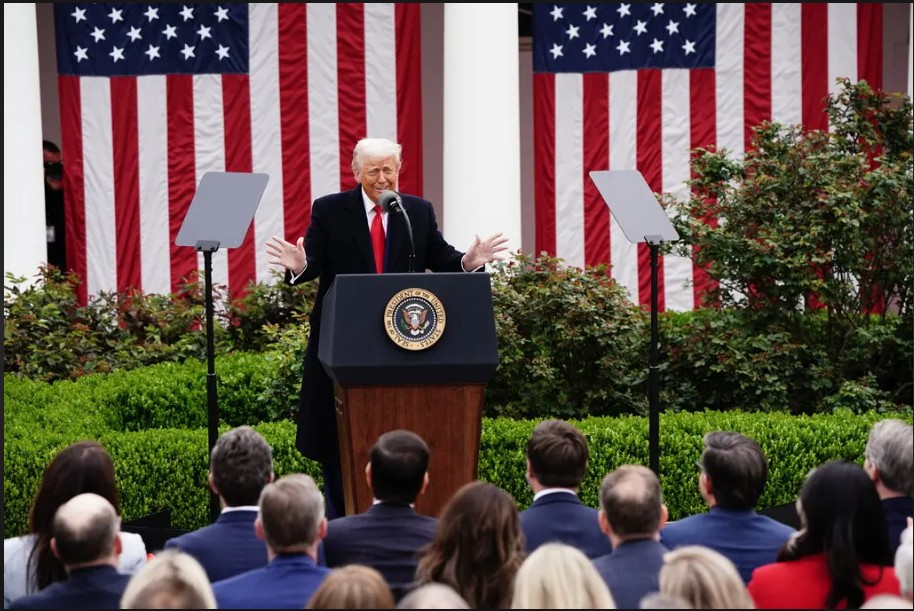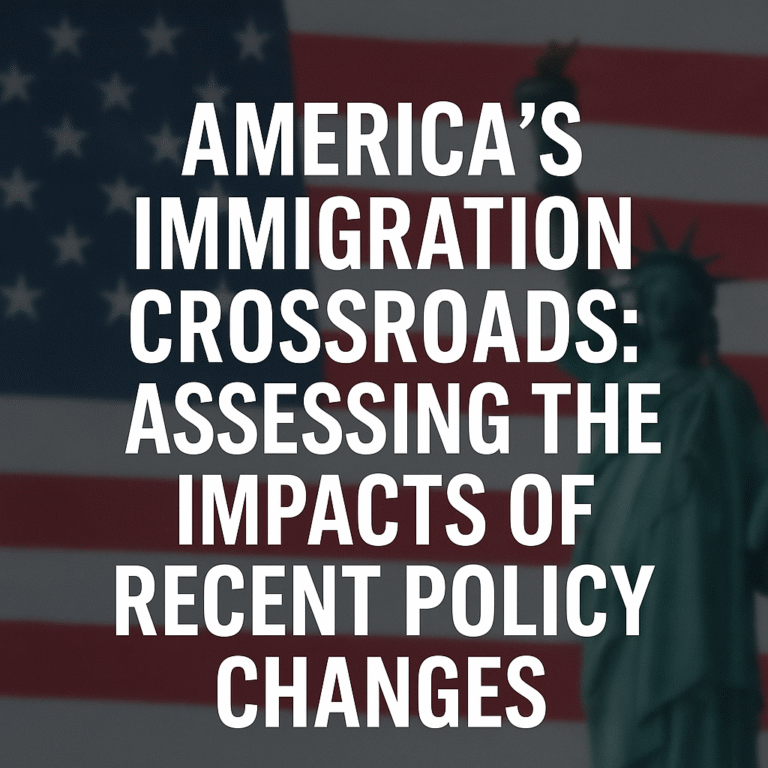
On April 2, 2025, President Donald Trump announced a series of sweeping tariffs under the banner of “Liberation Day,” imposing a 10% baseline tariff on all U.S. imports, with significantly higher rates for specific countries—34% on China, 20% on the European Union, and 24% on Japan. These measures have ignited extensive debate among economists, policymakers, and international allies regarding their potential repercussions on the U.S. economy and global trade relations.Financial Times+4Latest news & breaking headlines+4The Australian+4
Economic Concerns Raised by Experts
Economists overwhelmingly argue that such tariffs are detrimental to the U.S. economy. Historical evidence indicates that tariffs elevate prices and reduce the availability of goods and services for American businesses and consumers, leading to decreased income, reduced employment, and lower economic output. Tax Foundation
Specifically, the newly imposed tariffs are expected to increase production costs for U.S. manufacturers by taxing imported raw materials and components. This escalation in costs is likely to be passed on to consumers in the form of higher prices, thereby fueling inflation and diminishing purchasing power. For instance, the automotive industry anticipates that tariffs on imported vehicles and parts could raise car prices by thousands of dollars, potentially reducing consumer demand and leading to job losses in the sector. Investor’s Business Daily
Straining Relations with International Allies
The implementation of these tariffs has also strained relationships with key U.S. allies. Countries such as Canada, the European Union, and China have signaled intentions to retaliate with their own tariffs on American goods, escalating trade tensions and potentially sparking a global trade war. Such retaliatory measures could further harm U.S. exporters, particularly in agriculture and manufacturing, by reducing their competitiveness in international markets.The AustralianAP News
Moreover, these protectionist policies risk isolating the United States on the global stage, prompting allies to seek new trade partnerships that exclude the U.S. This shift could lead to a realignment of international trade alliances, diminishing U.S. influence and potentially resulting in long-term geopolitical and economic consequences. Financial Times
Recovery Timeline for the U.S. Economy
The duration of the economic recovery from the impacts of these tariffs is uncertain and contingent upon various factors, including the length of time the tariffs remain in place, the extent of retaliatory actions by other countries, and the responsiveness of domestic industries. Historically, economies have taken several years to rebound from the disruptions caused by trade wars, as businesses and consumers adjust to new market conditions. The longer these tariffs persist, the more entrenched the economic challenges may become, potentially prolonging the recovery period.
Pre-Tariff Economic Performance
Before the implementation of these tariffs, the U.S. economy exhibited robust performance. In the years preceding President Trump’s administration, key economic indicators reflected steady growth. For example, during President Obama’s tenure, the economy experienced an average annual GDP growth rate of approximately 2.9%, with significant job creation and a declining unemployment rate. These positive trends underscore the strength of the U.S. economy prior to the recent shift toward protectionist trade policies.
Conclusion
The tariffs introduced by President Trump represent a significant shift in U.S. trade policy with far-reaching implications. Economists caution that these measures are likely to harm American consumers through higher prices, disrupt domestic industries by increasing production costs, and strain international alliances through retaliatory trade barriers. The path to economic recovery will depend on policy decisions in the coming months and the ability of the U.S. to navigate the complex landscape of international trade relations.
Sources





